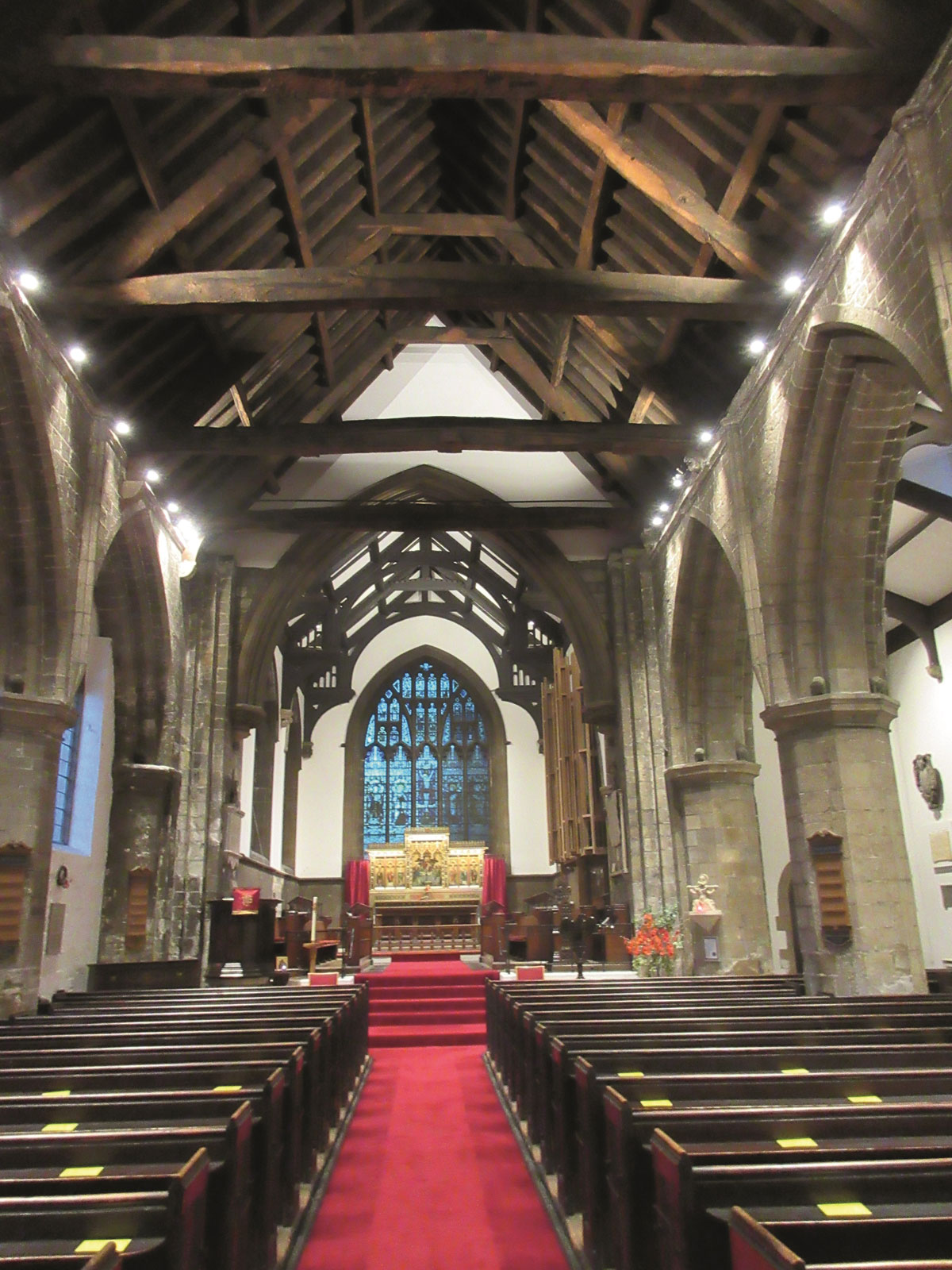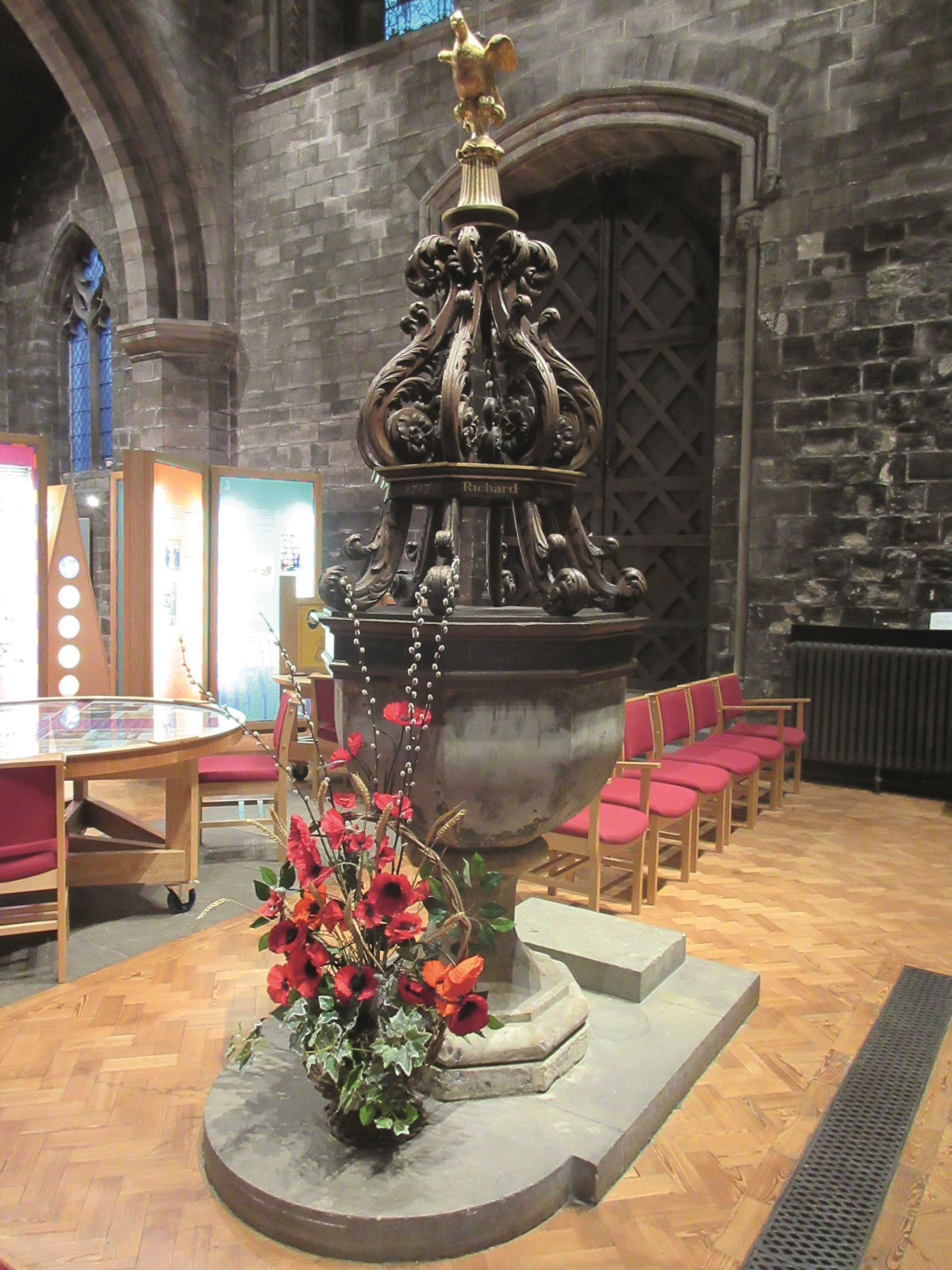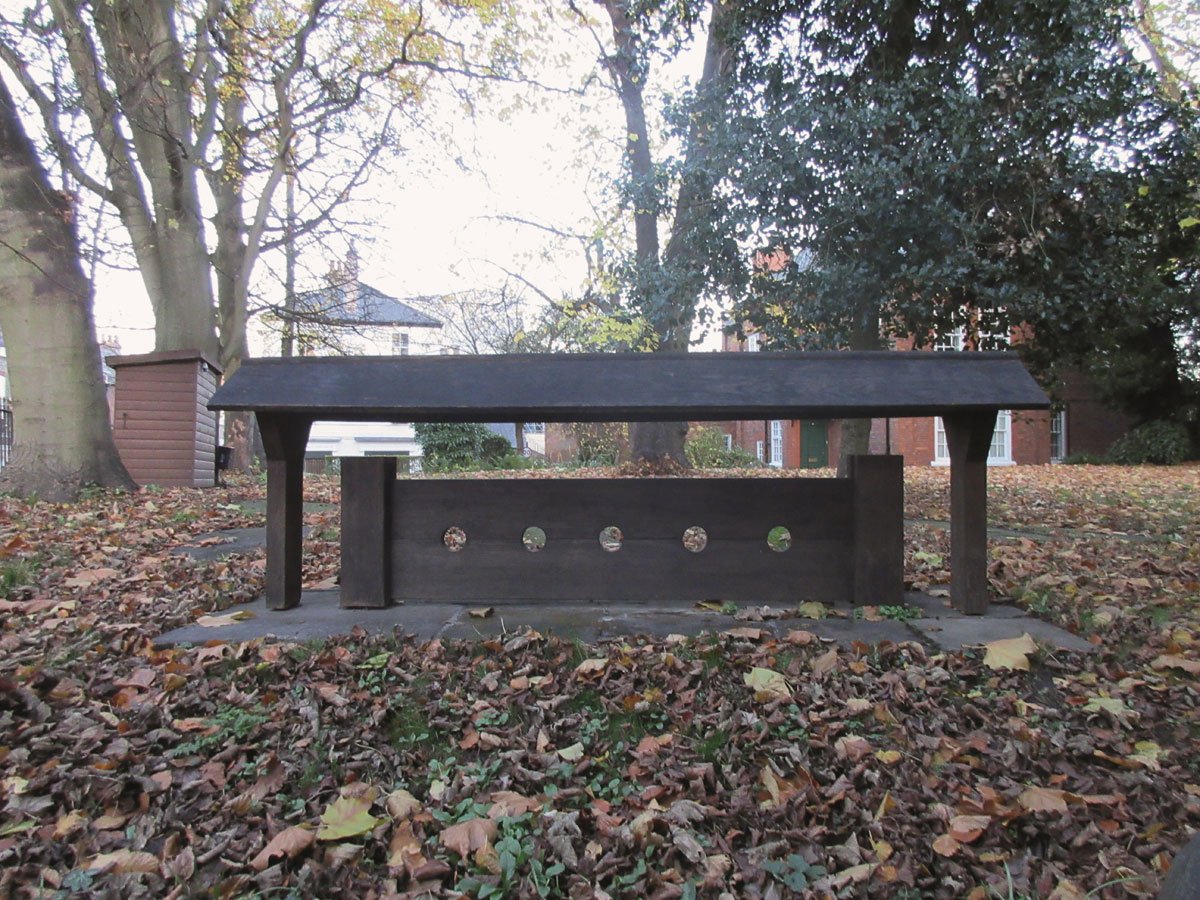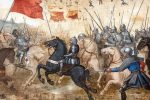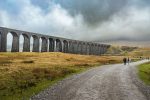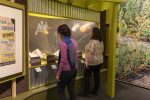The History of Holy Trinity, Micklegate, York
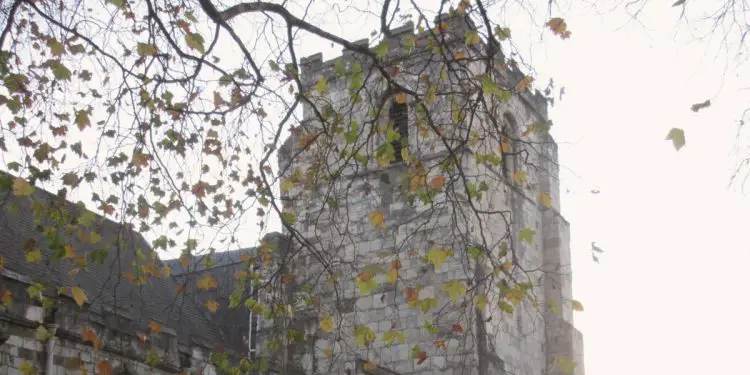
By David Paul
There has been a church on this site even before the time of the Norman Conquest. Holy Trinity was originally founded during Anglo-Saxon times, possibly in the seventh century, as a house of secular canons. It was known then as Christ Church. In 1089, Ralph Paynel, the Norman landowner and Sheriff of Yorkshire, established a Benedictine monastery near Micklegate.
The church was rebuilt by a community of French monks, and from then on, the order became known as the ‘Alien’ Benedictines. The priory, dedicated to the Holy Trinity, was under the care of the Benedictine Abbey of Marmoutier. There is some conjecture that the church became a ‘double church,’ with one half, Holy Trinity, serving the monastic community and the other half, dedicated to St Nicholas, serving the lay community. However, this is not a universally held view.
“Badly damaged”
There was a fire in 1137, and the church was completely destroyed and had to be rebuilt. The nave dates from that time, with the side aisles added in the thirteenth century. A new stone belfry tower was built by parishioners of St Nicholas above the chapel in 1453, indicating strong lay involvement throughout the medieval period. Wealthy merchant parishioners also founded chantries in the church, such as John de Esshton in 1384 and Thomas Nelson in 1474.
Following the Dissolution of the Monasteries by Henry VIII, the priory was closed in 1538, and the monastic church became the new parish church. The church had originally been built with a crossing and a central tower, but in 1551 the chancel was badly damaged when the tower collapsed during a storm. The chancel of the former priory church had to be demolished. The stone from the tower was used to repair the city walls and the Ouse Bridge, both of which had suffered during the storm. The nave was rebuilt on a smaller scale.
Towards the end of the nineteenth century, the church underwent major restoration directed by J. B. and W. Atkinson of York between 1850 and 1851. The work included rebuilding the south aisle and re-pewing the entire body of the church. The chancel was rebuilt on the site of the central tower, and the north aisle was demolished. Between 1886 and 1887, the chancel and vestry were rebuilt under the direction of Fisher and Hepper, and a new organ chamber was added. Further restoration took place between 1902 and 1905, with the west front reconstructed under Charles Hodgson Fowler.
“Last works”
For parishioners who lived at some distance, two chapels of ease were built: St James on the Mount and St Helen in Dringhouses. The church was united with St John’s Church, Micklegate, in 1934 and later, in 1953, with St Martin-cum-Gregory, Micklegate. The earliest surviving stained glass, dating to 1850, is in the north chancel and is by John Joseph Barnett of York. The glass in the north nave, dating to 1877, is attributed to John Ward Knowles, another York-based stained-glass manufacturer.
The west window, inserted in 1904, is by Charles Eamer Kempe and depicts St Benedict, St James, St Martin, and St Thomas, all of whose altars were in the former Benedictine priory church. The chapel of St Nicholas and the font are at the west end of the church. The font is thought to have been brought from St Saviour’s Church, and its wooden cover dates to 1717. The chapel has rough stone walls with a modern stone altar and a small lancet window by Charles Eamer Kempe, depicting St Nicholas resurrecting three children.
The east window, thought to be one of Kempe’s last works before his death in 1907, shows Christ on the cross with various saints and clerics associated with York. Another stained-glass window in St Nicholas’ Chapel, added in 1953, resulted from a collaboration between George Gaze Pace and Harry James Stammers. The organ, built by Norman and Beard in 1906, remains in the church.
“Bells were re-hung”
Until recently restored, the two bells at Holy Trinity Church had not chimed since 1984. The larger bell, cast in York in the fourteenth century, bears the Latin inscription ‘Johannus Potter me fecit’ (‘John Potter made me’), while the smaller bell, cast in 1731, was produced in Samuel Smith I’s foundry. The bells were re-hung using the original oak framework from 1453. A number of saints associated with the north of England are depicted on the gilded reredos, including Paulinus of York, Wilfrid of Hexham, John of Beverley, Cuthbert, Aidan, and Hilda.
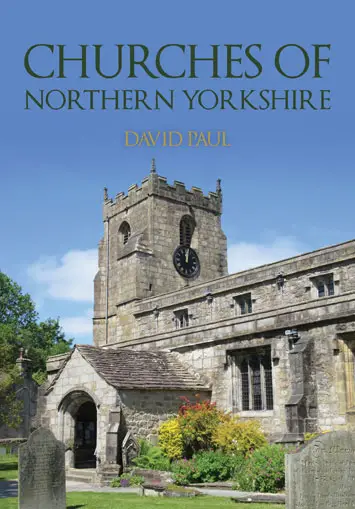 A modern carving of the Holy Trinity is located on a pillar near the chancel arch, depicting God the Father holding the cross bearing the crucified Christ, with the Holy Spirit as a dove.
A modern carving of the Holy Trinity is located on a pillar near the chancel arch, depicting God the Father holding the cross bearing the crucified Christ, with the Holy Spirit as a dove.
A memorial on the north wall of the nave, erected by Dorothy Katharine Bewis, honours her parents and four brothers, three of whom were killed during the First World War, with another dying in a race in 1910.
A memorial to the dead of the First World War is at the back of the south aisle.
Wooden stocks, used for punishment until 1858, are now displayed in the church, with replica stocks set up in 2006.
Article taken from ‘Churches of Northern Yorkshire’ by David Paul, published by Amberley Publishing
